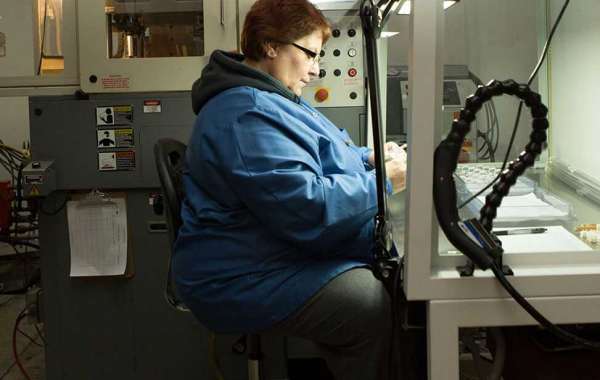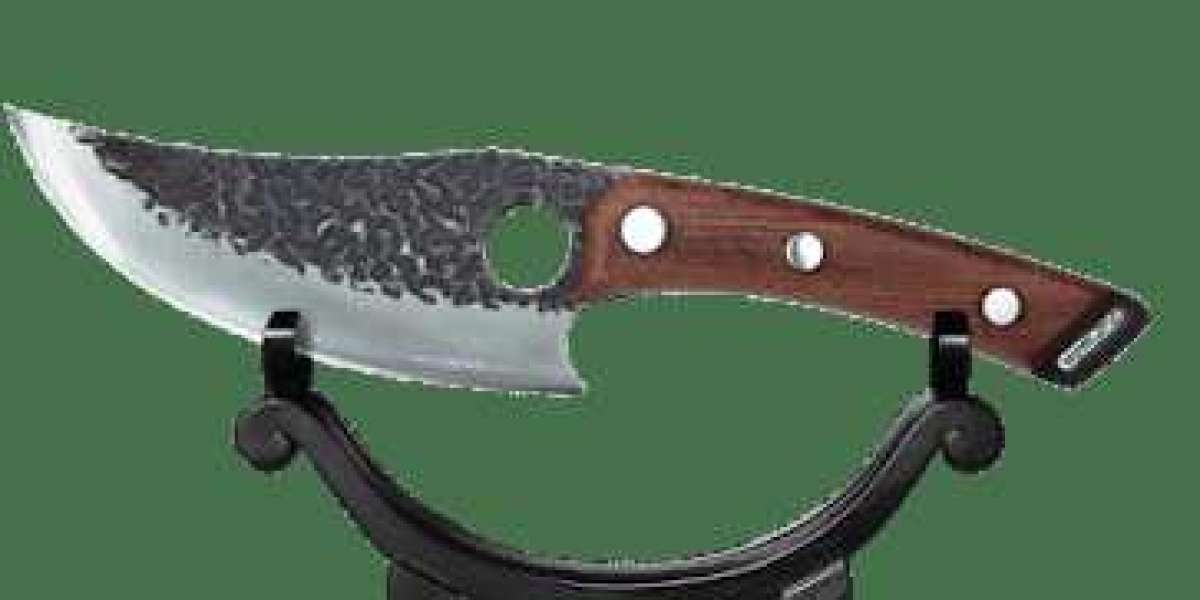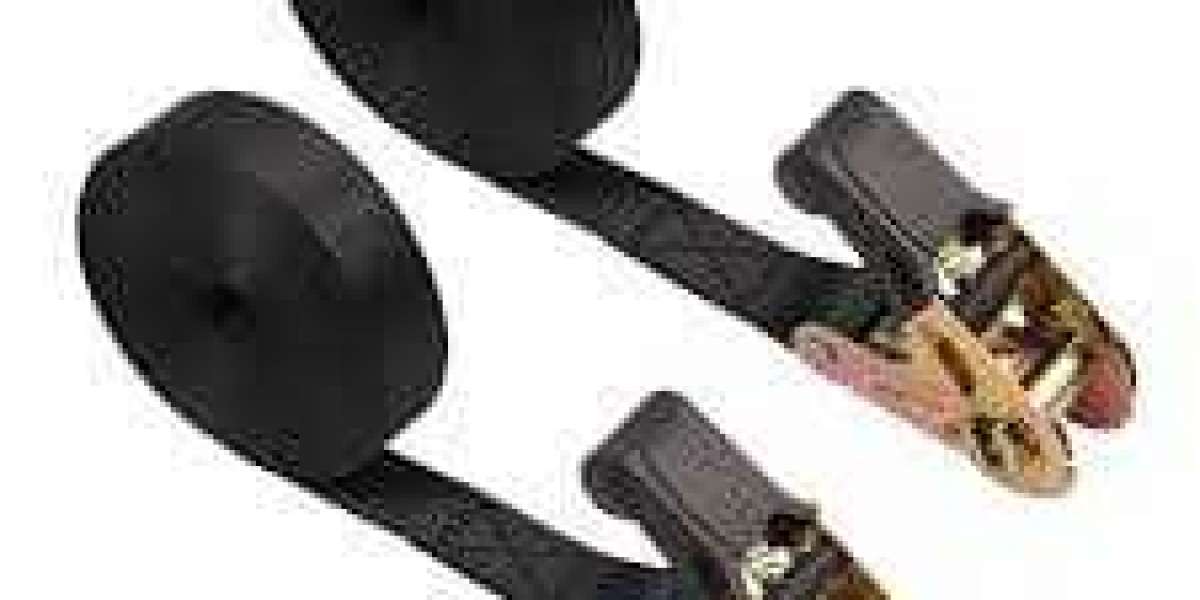SUMMARY: Players in the medical industry are constantly looking for new innovative ways to create safer, more durable materials that can be used in medical devices, such as resorbable polymer molding. Here’s what you need to know. Resorbable Polymer Molding For Use In Medical Devices Abbott’s Absorb GT1 Bioresorbable Vascular Scaffold (BVS) System is made using a poly (L-lactide) polymer and is designed to dissolve in your body in a period of 3 years. The Boston Scientific’s Synergy bioabsorbable polymer drug-eluting stent, used to open up clogged arteries, contains a drug layer and polymer employed to elute the drug, and they are absorbed in about 3 months of getting the implant. These are but several examples of the use of resorbable polymers in medicine. But what exactly is this material? What does its adoption mean for the medical community? And what do producers need to know about designing and molding with it? What are the types of resorbable polymers used in medical devices? Polymers are macromolecules made from natural biopolymer sources such as proteins, cellulose, or synthetic materials. Commercially available polymers include PLA (polylactic acid), PLG (polylactide-co-glycolide), PLDL (polylactide/DL-lactide copolymer) and more. However, when additions such as pharmaceuticals, lighter materials, or fillers are added, they create unique polymers ideal for custom applications. The constituents of a resorbable material are based on the application of the polymer molding to be made. Some applications require the items to be more rigid, others more flexible, while others require different rates of absorption. What is great about these polymers is material properties can be tailor-made to meet any requirements. Medical applications of resorbable polymer moldings Since they get absorbed into the body, these materials are becoming increasingly popular in making devices that slowly metabolize, reducing the need for secondary procedures to remove them. A great example is tissue fixation products such as screws, staples, anchors, tacks, etc. These fixation devices can be used to attach tissue to tissue, bone, biologic meshes, or to other bioabsorbable materials. Additionally, they are also being used to make bioabsorbable drug-eluting devices that will soon become quite prevalent in the market. These devices will consist of an active drug mixed with bioabsorbable materials that are molded and implanted into the body. As the bioabsorbable material dissolves, the active drug compound gets released over a period of time. Challenges in resorbable polymer molding As with many new materials, several challenges come up:
To achieve success, you need to maintain consistency and highly controlled material handling. You also need specialized equipment capable of executing the molding and drying of the devices made. |
Search
Popular Posts







